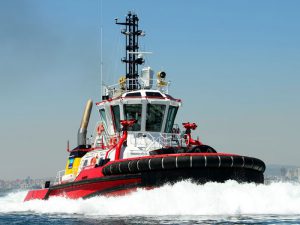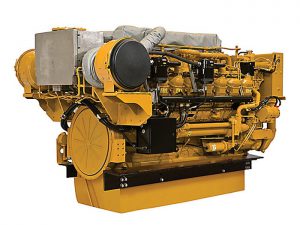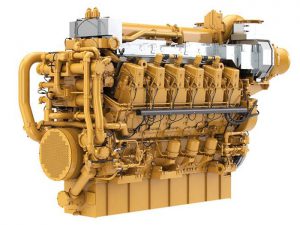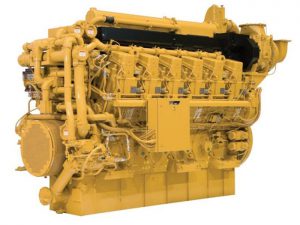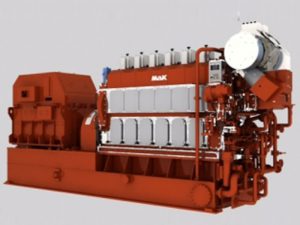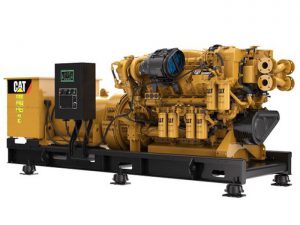
Chinese liftboats to have Cat diesel electric propulsion
Identical diesel-electric systems, comprising four Cat Propulsion MTA-523 1500 kW azimuth thrusters driven by electric motors and soft starters as well as eight Cat C32 generator sets, will be delivered for each vessel.
“As a comprehensive power and propulsion solutions provider for the marine industry, we’re pleased to continue to integrate our full portfolio of offerings in our customers’ operations,” said Wang Xiaohua, Caterpillar Propulsion sales manager. “China remains an area of strategic importance for us and this particular order is significant because it is the first time in China that we have supplied a full diesel-electric propulsion solution, including engines, propulsion systems and main switchboards.”
The two vessels, designed by Shanghai Bestway Marine Technology Development Company Ltd, are being built for Chinese owner Mekers Offshore Company Ltd and are due for delivery in summer 2016.
Over the course of 2016, Caterpillar will also supply all of the other components in the electric power system.
In addition to the main switchboard, Caterpillar will provide power management systems, central monitoring and alarm systems, transformers, uninterruptible power supplies and variable frequency drives.
MTA azimuth thrusters incorporate a number of key features to support effective vessel operation. They are hydro-dynamically optimized for good in-water performance. Available in both L-drive and Z-drive configurations, MTA azimuth thrusters can be supplied with controllable or fixed pitch propellers. Blade and hub materials are either bronze or stainless steel and the complete structure is designed to minimize the cost of through-life maintenance and to maximize the duration of in-service operation.
Built for reliability in harsh conditions, C32 generator sets have high efficiency and a minimized environmental footprint integrated into the design. The units can accept 100% load rate in one step and their integrated control system protects the power supply and offers scope for remote monitoring. Cat C32 generator sets are available in a power range from 830 ekW to 940 ekW.

